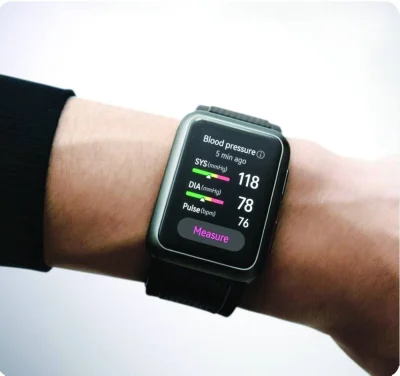Tropical Storm Ernesto advanced yesterday through the Caribbean toward Puerto Rico, where officials shut down schools and sent workers home as forecasters warned of a possible hurricane.
The storm was moving west toward the US island with maximum sustained winds of 50mph (85kph), according to the National Hurricane Centre (NHC).
It was expected to cross parts of the Lesser Antilles before approaching the US Virgin Islands, British Virgin Islands and Puerto Rico by evening.
The storm could become a hurricane within 24 hours, the NHC said – likely after it moves north of Puerto Rico, but with “some risk of the storm becoming a hurricane before that time”.
As a result, a hurricane watch had been issued for the Virgin Islands as well as Culebra and Vieques, two outlying islands off Puerto Rico.
Officials in Puerto Rico have already mobilised the National Guard, suspended classes in public schools and sent home non-essential workers.
After moving north of the US territory, “additional strengthening is likely”, the NHC said.
Ernesto – the fifth named storm of the season – is expected to miss Florida and the US Southeast, which are still reeling from Tropical Storm Debby.
Scientists say climate change likely plays a role in the rapid intensification of storms because there is more energy in a warmer ocean for them to feed on.
Warmer than typical Atlantic waters threaten to supercharge this year’s hurricane season, scientists have warned.
Joseph Niskar, a lawyer who moved to Puerto Rico from Michigan after Hurricane Maria struck the island in 2017, is anticipating extended periods of time without water or electricity, much like many on the island experienced during Hurricane Fiona in 2022.
“I bought a generator big enough to run my refrigerator and fans, but will need gasoline that can be hard to get because many people wait until the last minute and there can be long lines,” Niskar said.
Puerto Rico, with its fragile power grid, has a history of highly destructive storms.
In 2022, Hurricane Fiona knocked out power for about 80% of the island’s customers.
Five years earlier, Hurricane Maria plunged the territory into darkness.
International
Hurricane watch issued as Ernesto nears Puerto Rico
Tropical Storm Ernesto advanced yesterday through the Caribbean toward Puerto Rico, where officials shut down schools and sent workers home as forecasters warned of a possible hurricane.

This satellite image obtained from the NOAA shows Tropical Storm Ernesto at 1310 GMT yesterday. – AFP

People shop groceries at a supermarket in Guaynabo, Puerto Rico, as they prepare for the arrival of Tropical Storm Ernesto, in San Juan. – AFP


